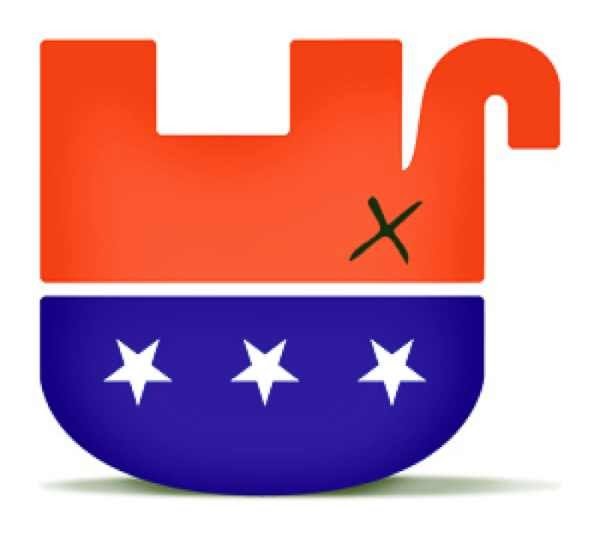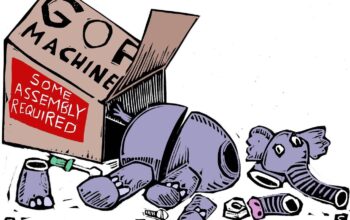The budget presented by Guv Newsom for the next year is $286 billion. Then you have to add $281 billion for the cost of Soviet style health care! You have bankrupted the States, doctors and nurses will not want to be government employees—they will flee to Free States. Newsom just said we are a Third World State—Soviet style health care means we will not live through the disaster.
“But the blue state agenda bled through. In his enumeration of “existential threats” to California – such as COVID-19, homelessness, the high cost of living, and crime – he listed the “climate crisis.” After spending “an unprecedented $15.1 billion” committed in the last budget “to address the existential issues of climate change,” he wants another $22.5 billion in 2022-23, “taking it to a whole new level.” Part of the money would be handed out to a “first-in-the-nation climate corps” and “investments,” which are not capital intended to deliver financial returns but politically targeted expenditures of taxpayers’ dollars, such as $10 billion over two years to promote electric vehicles.
He is also counting on lawmakers agreeing with his insistence that “California will write the playbook for how America confronts the impacts of climate change” and forge an “oil-free future.”
He wants to finance his donors and friends believing junk science as the excuse to scam $100 bllion from the people of California. Has a government in history been this corrupt?
A Better California Doesn’t Require A Big-Government Budget

Kerry Jackson, Issues and Insights, 1/21/22
For most, “budget” means a set amount of money they’re able to spend over a defined period of time, such as the funds available in a household account. To California lawmakers, “budget” holds a different meaning. In their world, it typically defines an opportunity to freely spend a massive harvest of other people’s earnings on programs that support the politically connected and further a policy agenda that has caused a growing flight from the state.
For the fiscal year 2022-23 beginning July 1, Gov. Gavin Newsom and the Legislature have roughly $263 billion to spend. Within that bounty is a $31 billion surplus, which a former aide to Govs. Gray Davis and Arnold Schwarzenegger says “is every politician’s dream.” It might even be a moment that exceeds the imagination, as Newsom has “no credible opposition to reelection and the wind at his back,” so “should be able to tackle any major issue he sets his mind to.”
Newsom’s free-form presentation of his budget blueprint, though three hours long, wasn’t entirely a Hollywood trailer for a coming spend-a-thon. His plan includes “a $523 million dollar gas tax holiday of sorts” through “avoiding that inflation adjustment that comes in July,” and the possibility of “substantial contributions back to the taxpayers.” Newsom also indicated he wants to be tougher on criminals as well as district attorneys who won’t prosecute.
As anyone should have expected, the governor wants to dedicate more dollars to pandemic-related programs and wildfire suppression, items that few would oppose no matter their political orientation, even though the virus response might be late.
But the blue state agenda bled through. In his enumeration of “existential threats” to California – such as COVID-19, homelessness, the high cost of living, and crime – he listed the “climate crisis.” After spending “an unprecedented $15.1 billion” committed in the last budget “to address the existential issues of climate change,” he wants another $22.5 billion in 2022-23, “taking it to a whole new level.” Part of the money would be handed out to a “first-in-the-nation climate corps” and “investments,” which are not capital intended to deliver financial returns but politically targeted expenditures of taxpayers’ dollars, such as $10 billion over two years to promote electric vehicles.
He is also counting on lawmakers agreeing with his insistence that “California will write the playbook for how America confronts the impacts of climate change” and forge an “oil-free future.”
Would that we could say all the attention to climate is a noble gesture. But it’s merely more costly virtue signaling. California generates only about 1% of global greenhouse gases. It can neither single-handedly, nor through some sort of appeal that inspires other states to follow its path, impact the climate.
Among Newsom’s sub-categories of existential threats is health care coverage, which falls under the high-cost-of-living category. The governor believes expanding coverage of Medi-Cal, the state’s health care program for the poor, to low-income illegal immigrants will ease the burden. It’s his goal to “make California the first state in the nation to offer universal access to health care coverage for all state residents, regardless of immigration status.” Cost: $2.7 billion a year, which has to be paid for through taxes, which happen to be a significant contributor to the state’s high cost of living.
Moving independently of Newsom’s plan is a single-payer proposal concocted by the Legislature. The two-pronged approach includes a constitutional amendment to generate revenue (through $163 billion in higher taxes) and legislation that defines its mission. When asked, Newsom appeared cool to AB 1400 and ACA 11, but he reiterated his dedication to the principle of single-payer health care.
Shrinking California’s high cost of living shouldn’t require greater government interference in medical care, nor should $2 billion in tax credits and grants for additional home building, and grants to boost small businesses. But let’s not argue over cutting red tape and waiving government fees, as Newsom proposes. Those are necessary responses that should be included in any public policy initiative.
The Los Angeles Times reports that “Newsom’s allies say his good fortune provides him a rare opportunity to focus on creating a better California.” But politicians and their largess aren’t the sources of good times. Those come when lawmakers limit their meddling and spending.



